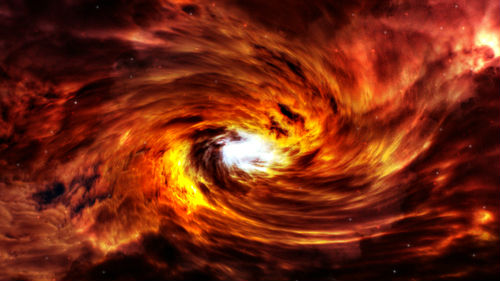How the Universe Came from Nothing

What’s the Latest Development?
Physicists are changing how we think of empty space, i.e. a vacuum, to explain how the universe could have come from ‘nothing’. Empty space, it turns out, may not be empty at all. One of the leading proponents of this view, cosmologist Lawrence Krauss, distinguishes between three different kinds of empty space. One, which the Greeks knew, is a space where nothing is seen to exist but which we now understand to be teeming with energy and magnetism. From there, things get strange, then they get incredibly strange.
What’s the Big Idea?
A second empty space is vacant of even space and time. In this empty space, entire universes could pop in and out of existence. The phenomenon, known as the Casimir effect, accounts for the energy that bubbles up even in a vacuum. The third kind of nothingness, or empty space, is one in which laws of physics are absent. Here, Krauss appeals to the theory of the multiverse, “a nearly infinite assemblage of universes, each with its own randomly determined rules, particles and forces,” representing the solutions to string theory equations.
Photo credit: shutterstock.com





